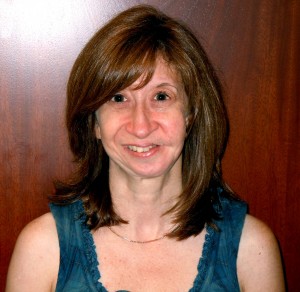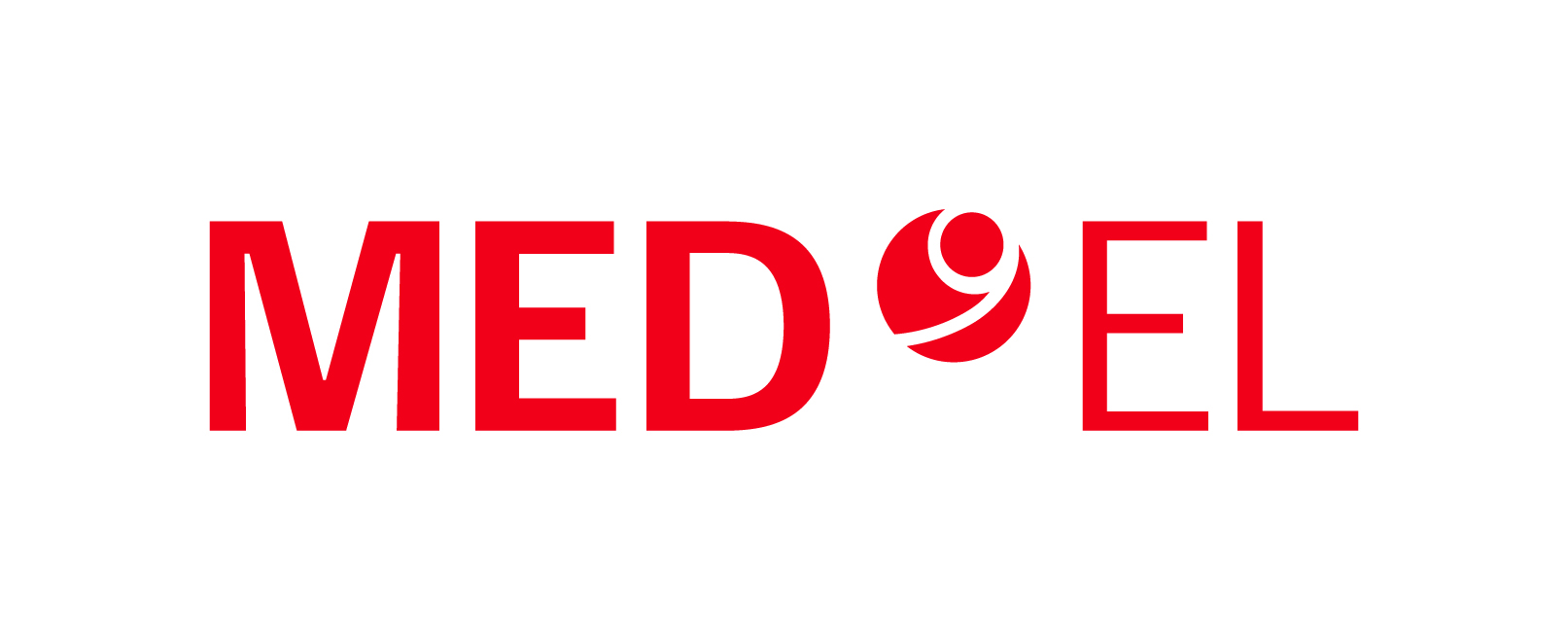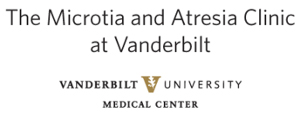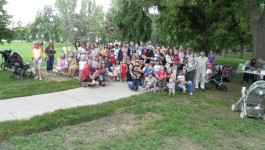The value of sharing is extraordinary. I’ve learned that over the years. People like to hear other people’s stories to find similarities in their own lives. It’s a way to reflect, a way to say, “Oh, I’m doing just fine,” or a way to say, “Oh, that’s how I can do better.” My family certainly could have benefitted from all the resources available to people today. I’m sharing this with you in hopes my story will benefit somebody else.
I grew up on Long Island, New York, where I had surgeries from ages 4 to 16 years old; some successful and some not. I have Hemifacial Microsomia and Microtia which affected the left side of my face. I never met anyone or even saw anyone with a craniofacial condition. I thought I was the only one. For years, I always heard about the “big” operation at 16. I couldn’t wait for this surgery. This was the one that was going to change me and stop all the unwanted attention around me.
The “big” one did not quite change the voices around me or the ones in my head. After I graduated from college, I decided to try one more go around of surgeries. My sister found an Ann Landers’ article describing the services of the Institute for Reconstructive Plastic Surgery (IRPS) at NYU Medical Center and with that I made an appointment. Little did I know how much this appointment was going to change my life, not through the surgeries alone, but through the people I met. The staff and the doctors were so kind and caring. I saw children in the waiting room that resembled me. Wow. I wasn’t the only one.
My surgeons at IRPS were Dr. Charles Thorne, who reconstructed the symmetry of my mouth and Dr. John Siebert, who filled out the left side of my face by transplanting tissue from my back to the face. I had them done back to back. These procedures were so intense, and I wasn’t prepared for what they took out of me physically and emotionally. I think it was harder because I was older and had to put a lot on hold while I went through this. Children were lucky to have these newer techniques when they are young and perhaps more patient. It took about 10 procedures before I officially walked away looking the best I had ever looked. However, though I looked great, mentally I wasn’t. So, I can’t write this without mentioning that I also had the help of a great therapist to sort through the trauma that I endured.
The people I saw in the IRSP waiting room left an impact on me. One was as simple as seeing a young girl wearing her hair back and letting her “bad” ear show; that left me in awe. I thought how brave she was to walk around and allow herself to be exposed. There it is, so be it. I was taught to cover my left ear with my hair. My father always said to every hairdresser, “Please, cover her ear.” For a while, I continued that myself. Now I find wearing my hair back to a store empowering. The more people see it, the less different it has to be, even for myself.
Another amazing person at IRPS I got to meet was Pat Chibbarro, RN. She had an idea to start a support group. With all that the IRPS had done for me, I knew I wanted to give back and this was a great way to do it. I, along with three other women, started Inner Faces — a social and support group focusing on teens and young adults living with craniofacial conditions. This was an experience that I will never forget. It allowed me to take on a leadership role and be creative. By having that opportunity, I used parts of me I didn’t know were so strong. All of this helped me mature on the inside.
I am now 44 years old, married for eight years to a sweet and wonderful man and have one beautiful four year old girl. For my daughter, I want to be as strong a person as I can be. I don’t see my looking different as a burden to her, but something great for her to learn from.
Alyssa Reiss








Leave a Comment
You must be logged in to post a comment.